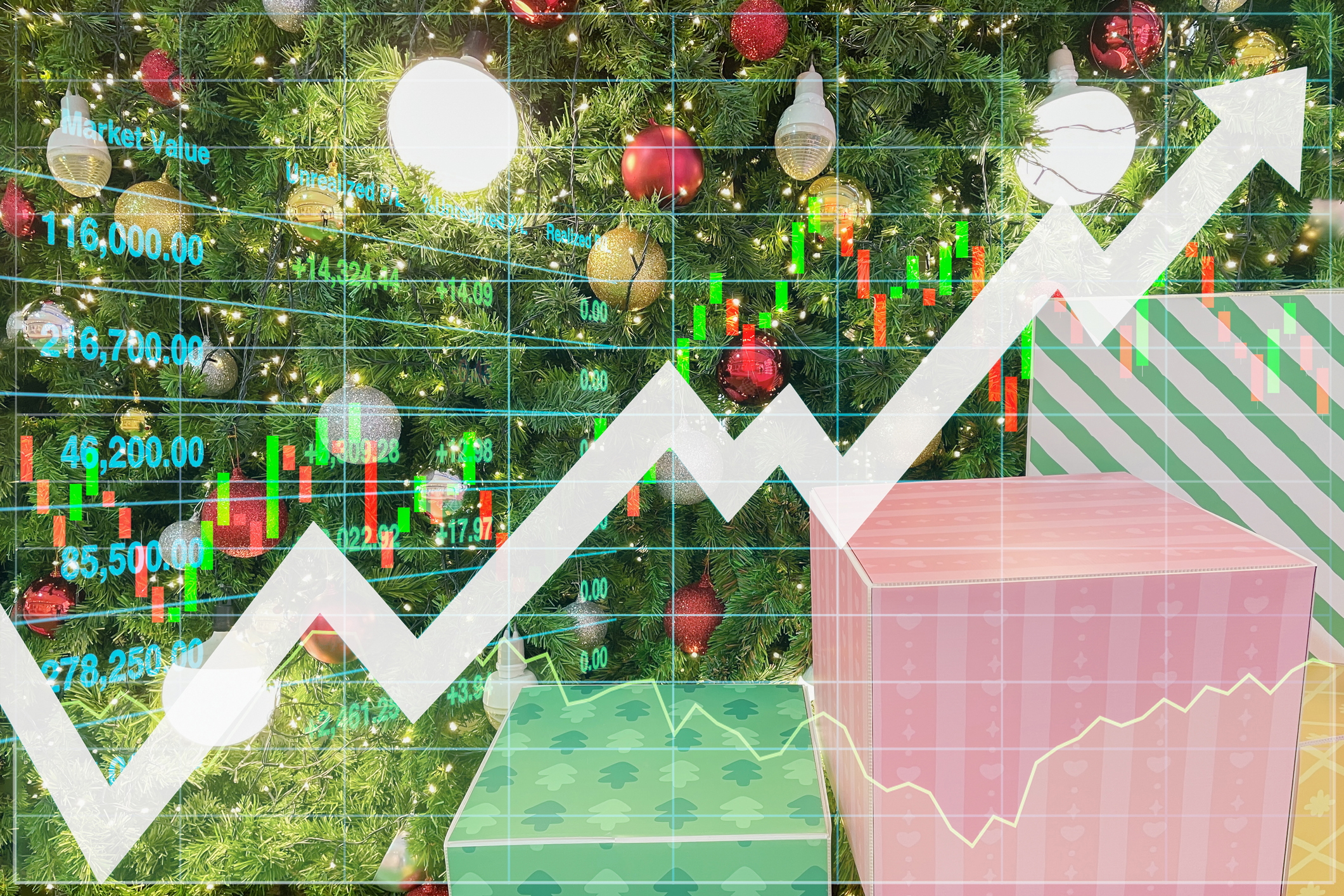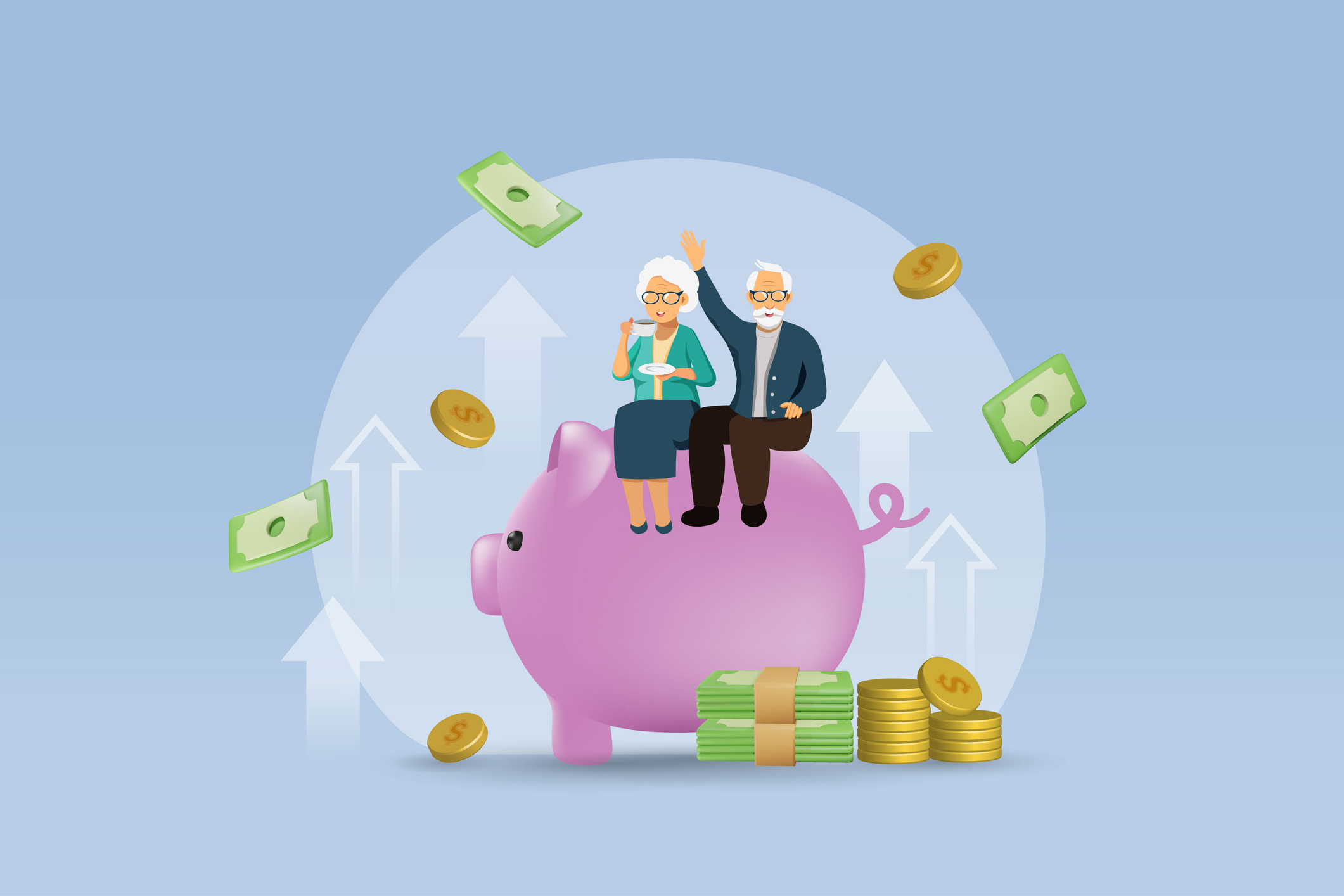Do You Feel More Negative These Days? Blame the Algorithm
Consumer sentiment is more negative today than it was during the Great Financial Crisis in 2008. Could the difference be the rise of social media’s influence?


The algorithm is winning. We live in a time where every click we make and every step we take generates metadata; sometimes just uttering a thought out loud can trigger an ad on a social media feed. This is also an age where disinformation and political leanings have been weaponized to great effect on social media. So how does the algorithm affect the leading sentiment indicators studied by investors today? Based on a comparison of the current economic cycle and the Great Financial Crisis in 2008, quite a lot.
Late last year, the market had already decided the Federal Reserve Bank had reached the end of its interest rate tightening cycle. Investors were mildly optimistic the Fed would engineer a “soft landing” with respect to a recession. Inflation, which peaked in June 2022 at more than 9%, had drifted back down to 3.2% by October. This downward trend in inflation was happening not because demand had cratered. In fact, the U.S. gross domestic product (GDP) was still up nearly 5% in the third quarter of 2023.
The U.S. consumer was still spending. And they were still working. The U.S. unemployment rate had drifted up slightly but was still under 4% — or what the Fed considers “neutral” or full employment. To top it all off, the S&P 500 was up more than 20%. Most economic indicators were positive. Since it’s the direction of the economy that typically drives expectations, it would have been reasonable to see consumer sentiment ticking up in kind. That was not happening.
From just $107.88 $24.99 for Kiplinger Personal Finance
Become a smarter, better informed investor. Subscribe from just $107.88 $24.99, plus get up to 4 Special Issues

Sign up for Kiplinger’s Free Newsletters
Profit and prosper with the best of expert advice on investing, taxes, retirement, personal finance and more - straight to your e-mail.
Profit and prosper with the best of expert advice - straight to your e-mail.
Comparing sentiment during big events
One of the longest-running and most referenced measures of consumer sentiment, the Michigan Consumer Sentiment Index (MCSI) was launched in the 1940s and aims to gather opinions from Americans on their expectations for spending and inflation and their overall feeling about the business climate and employment. At the end of 2023, the MCSI came in at 69.7. That is not exactly bubbling with enthusiasm. For context, the MCSI’s all-time low was 50 in June 2020, during the COVID-19 pandemic, and its all-time high was 112 in January 2000, during the tech bubble. The average reading is 84.9.
By comparison, on September 30, 2008, the MCSI came in at a very similar 70.3. However, the backdrop was quite different. Lehman Brothers had just collapsed earlier that month. The S&P 500 had already slid 20% anticipating the subprime mortgage crisis. In stark contrast to the fourth quarter in 2023, U.S. GDP had plummeted to 2.3% from 5.0% a year earlier. On top of the data, the average person was hearing daily about doomsday scenarios and a global financial meltdown. And yet, the MCSI was actually higher than in December 2023. What could explain that?
Perhaps inflation was the culprit? It was much higher in 2023 than 2008 and the highest it had been since the early 1980s. But expectations for inflation (and expectations in this case really do matter) had improved dramatically. Inflation in September 2008 was at 2.5% vs 3.8% at the end of 2023. But that 3.8% had been rapidly descending throughout the year (as predicted). Since the long-term average for inflation is 3.7%, it is unlikely the rate alone would lead to Great Financial Crisis-levels of pessimism.
Fear of a Fed misstep?
Another possibility is that the fear of a Fed misstep had the average person pessimistic. After all, as inflation ticked up, so too did the retrospectives about the Fed’s missteps in the 1970s that ultimately led to 4 million jobs being lost before inflation was whipped. However, the market certainly didn’t seem to fear that result en masse in 2023. The S&P 500’s 11% gain in the fourth quarter, although AI-driven to a large degree, was fueled in part by a belief the Fed would not misfire.
It is also possible that those creating economic news are affected by these trends, too. The Brookings Institution studied the San Francisco Fed’s Daily News Sentiment Index and compared it to economic data. The Daily News Sentiment Index creates a daily time series of sentiment from analyzing economic news stories from 24 daily newspapers. Brookings found that economic news itself had become more pessimistic since 2016 and had diverged from economic data in the same manner as consumer sentiment. Brookings found that from 1988 to 2016, news “sentiment” changed consistently with the actual economic data. Since 2016, the economic data and news sentiment decoupled.
Social media’s rise
There is one explanation for the 2023 year-end consumer (and news) cynicism that seems far more likely: social media — and its evolving influence in society since 2008.
In 2008, Facebook and Twitter were nascent endeavors still years away from going public and wielding massive influence. TikTok was nearly a decade away from relevance. It was the first year that the internet overtook print newspapers as a primary news source. TV news in 2008 had already morphed from the days when CBS Evening News anchor Walter Cronkite was voted the Most Trusted Man in America in 1972. But in 2008, television was still the primary news source and had yet to compete with mass clicks, tweets and disinformation for viewership. This changed dramatically over the past 15 years.
How information is disseminated and used can be transformative to society. Starting in the 15th century, Gutenberg’s printing press distributed religious doctrine as well as scientific discovery to the masses. Franklin Delano Roosevelt leveraged the new radio technology to deliver Fireside Chats that could bypass the press and talk directly to Americans about the New Deal. The FCC’s 1987 repeal of the Fairness Doctrine empowered the rise of politically aligned media and allowed conservative talk shows, in particular, to wield considerable influence.
Echo chambers of like-minded views
Social media transformed society, too. It hastened the speed of news dissemination, something critical during natural disasters or global pandemics. But it enabled users to self-select their experience, building an echo chamber of like-minded views. The algorithm amplified the echo, serving up ads (informative or disinformative) and content in service to other actors. The result(s)? Studies have connected social media use to political polarization and decreased mood and consumer sentiment. Recently, a study out of the U.K. correlated MCSI data to social media influencer posts, finding “consumer sentiment is affected by social media influencers and is not just a reflection of economic variables.”
The influence of social media on society affects more than just the consumer sentiment indicators used by investors. But with artificial intelligence just kicking in, the algorithm is going to wield even more influence going forward. Investors will need to develop some sensitivity analysis when evaluating consumer sentiment — and seek to better understand the intersectionality of consumer sentiment, political polarity, macroeconomic data on the markets and consumers’ own personal finances.
The information in this publication is based primarily on data available as of March 31, 2024, that has been obtained from sources believed to be reliable, but its accuracy, completeness and interpretation are not guaranteed. In addition, this publication contains the opinions of the authors as of that date and such opinions are subject to change without notice. We do not think this publication should necessarily be relied upon as a sole source of information and opinion. The use of Generative Artificial Intelligence may present risks such as undetected errors, defects, and security vulnerabilities. This publication is not a recommendation of, or an offer to sell or solicitation of an offer to buy any particular security or investment product. Bailard cannot provide investment advice in any jurisdiction where it is prohibited from doing so.
Related Content
- How Will the 2024 Election Impact Your Retirement?
- Red vs Blue: Staying the Financial Course During an Election
- April CPI Report Offers Some Relief: What the Experts Are Saying About Inflation
- Four Historical Patterns in the Markets for Investors to Know
- Analysts' Top S&P 500 Stocks to Buy Now
Profit and prosper with the best of Kiplinger's advice on investing, taxes, retirement, personal finance and much more. Delivered daily. Enter your email in the box and click Sign Me Up.

Blaine serves as an Executive Vice President and the Director of Bailard’s Sustainable, Responsible and Impact Investing (SRII) group. He is also portfolio manager of Bailard’s Smart ESG™ US All Cap Strategy, Broad Impact Strategy, and Small Cap Value ESG Strategy. Blaine is on both Bailard’s fundamental and SRII investment committees, conducts social research, oversees corporate engagement efforts and maintains client relationships.
-
 It's Beginning to Look a Lot Like a Santa Rally: Stock Market Today
It's Beginning to Look a Lot Like a Santa Rally: Stock Market TodayInvestors, traders and speculators are beginning to like the looks of a potential year-end rally.
-
 The 2026 Retirement Catch-Up Curveball: What High Earners Over 50 Need to Know Now
The 2026 Retirement Catch-Up Curveball: What High Earners Over 50 Need to Know NowUnlock the secrets of the 2026 retirement catch-up provisions: A must-read for high earners aged 50 and above.
-
 How Much a $100K Jumbo CD Earns You
How Much a $100K Jumbo CD Earns YouYou might be surprised at how fast a jumbo CD helps you reach your goals.
-
 A Financial Planner Takes a Deep Dive Into How Charitable Trusts Benefit You and Your Favorite Charities
A Financial Planner Takes a Deep Dive Into How Charitable Trusts Benefit You and Your Favorite CharitiesThese dual-purpose tools let affluent families combine philanthropic goals with advanced tax planning to generate income, reduce estate taxes and preserve wealth.
-
 A 5-Step Plan for Parents of Children With Special Needs, From a Financial Planner
A 5-Step Plan for Parents of Children With Special Needs, From a Financial PlannerGuidance to help ensure your child's needs are supported now and in the future – while protecting your own financial well-being.
-
 How Financial Advisers Can Best Help Widowed and Divorced Women
How Financial Advisers Can Best Help Widowed and Divorced WomenApproaching conversations with empathy and compassion is key to helping them find clarity and confidence and take control of their financial futures.
-
 A Wealth Adviser Explains: 4 Times I'd Give the Green Light for a Roth Conversion (and 4 Times I'd Say It's a No-Go)
A Wealth Adviser Explains: 4 Times I'd Give the Green Light for a Roth Conversion (and 4 Times I'd Say It's a No-Go)Roth conversions should never be done on a whim — they're a product of careful timing and long-term tax considerations. So how can you tell whether to go ahead?
-
 A 4-Step Anxiety-Reducing Retirement Road Map, From a Financial Adviser
A 4-Step Anxiety-Reducing Retirement Road Map, From a Financial AdviserThis helpful process covers everything from assessing your current finances and risks to implementing and managing your personalized retirement income plan.
-
 The $183,000 RMD Shock: Why Roth Conversions in Your 70s Can Be Risky
The $183,000 RMD Shock: Why Roth Conversions in Your 70s Can Be RiskyConverting retirement funds to a Roth is a smart strategy for many, but the older you are, the less time you have to recover the tax bite from the conversion.
-
 A Financial Pro Breaks Retirement Planning Into 5 Manageable Pieces
A Financial Pro Breaks Retirement Planning Into 5 Manageable PiecesThis retirement plan focuses on five key areas — income generation, tax management, asset withdrawals, planning for big expenses and health care, and legacy.
-
 4 Financial To-Dos to Finish 2025 Strong and Start 2026 on Solid Ground
4 Financial To-Dos to Finish 2025 Strong and Start 2026 on Solid GroundDon't overlook these important year-end check-ins. Missed opportunities and avoidable mistakes could end up costing you if you're not paying attention.